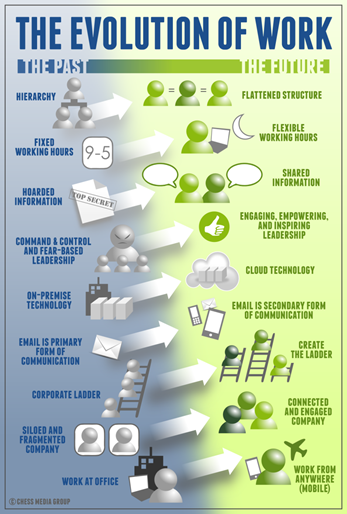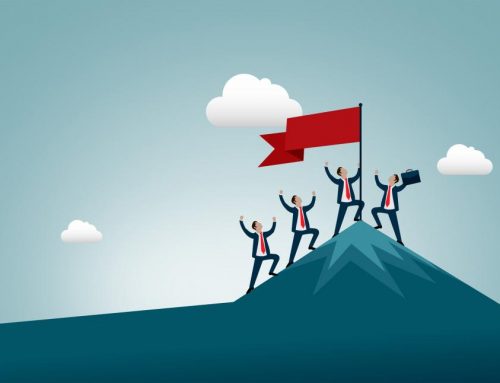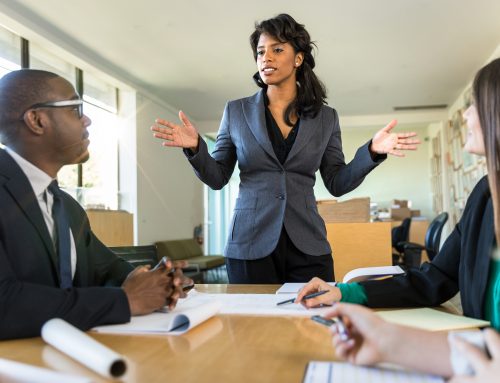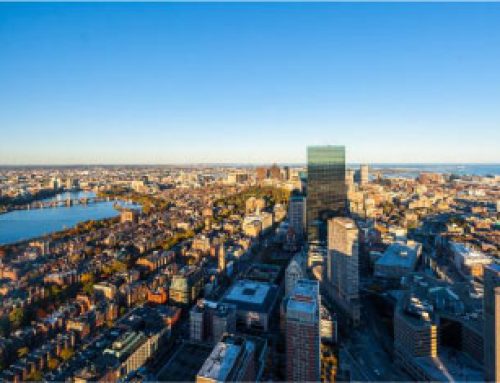Work in the 21st century is changing. Gone are the days of a 35-year tenure at one job with a retirement pension. Today’s workers are mobile, moving jobs on a more frequent basis. Layoffs and staff reductions are commonplace. Technology allows us to work anytime, anywhere. Even the concept of “retirement” is changing. We are less able to rely on pension monies and Social Security to support living costs for 30 years after retirement. Additionally, there are now four generations in the workplace: traditionalists, baby boomers, generation X, and the millennials, each at different phases in their lives and with different needs and viewpoints. All of these factors are affecting the workplace.
Redesigning Work
We have talked about managing flexible work schedules. But that’s just one part of a shifting workplace due to technological advances as well as the millennial generation, comfortable with technology that allows work to be done anywhere at any time. In addition, the longevity and stability of one or two jobs over the course of a career is gone. In a global economy, the performances of companies rise and fall due to the rapid flow of information and interconnectedness of international businesses. A highly-skilled white collar workforce moves around to increase compensation and seek advancement as the traditional rungs of the corporate ladder are replaced by “lattices.” Likewise, as companies try to realign and adjust to a fast-moving world economy, layoffs and reorganizations are par for the course. Workers are called upon to be nimble and flexible in the approach to their careers. Jacob Morgan, co-founder of Chess Media Group, sees the future of no offices and a largely telecommuting workforce. His view of the evolving workplace does sound like a more collaborative and inviting place to work, according this infographic from Chess Media:

Multi-Generational Workplace
In addition to a shifting workplace environment, the demographics are shifting. The current workforce consists of the traditionalists (born between 1922-1945), baby boomers, generation X, and millennials. Traditionalists are a small part of the workforce as they continue to retire. Boomers, some of whom were nearing retirement as the 2008 financial crisis exploded, lost a significant portion of their retirement savings. Some are transitioning to new jobs in the later stages of their careers. Generation X, sandwiched between the millennials and the boomers, are the smallest in number. The millennials, much like the boomers, seek affirmation and like to be involved in decision-making processes. Surprisingly, given these disparate perspectives, collaboration, not conflict, appears to be the norm across generations. Instead, the diversity in ages indicates a reciprocal sharing of ideas and experiences that benefit an organization. There is also consensus over what all workers want from the workplace: better work/life balance and flexibility.
Workers and employers are navigating the changing nature of work: where it happens, how it happens, and how generations work together. Information increasingly drives the economy. We have shifted from a goods-based economy to one where technology and information are at the forefront. It is a natural consequence that how we work will shift along with it.






